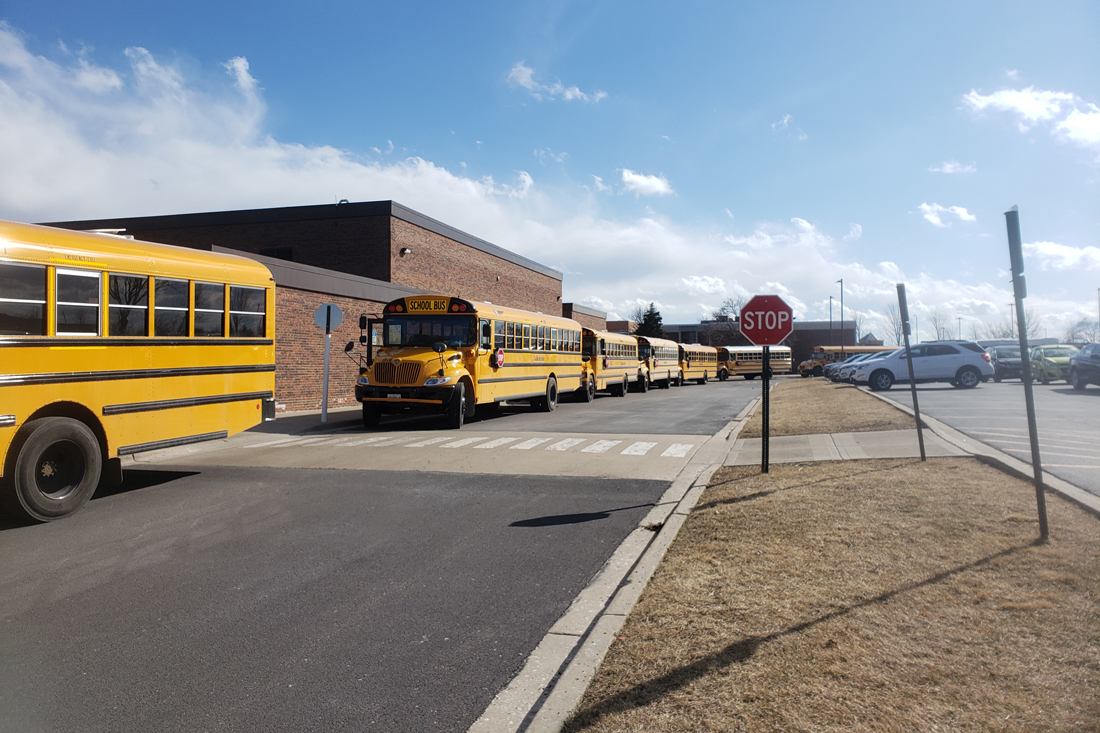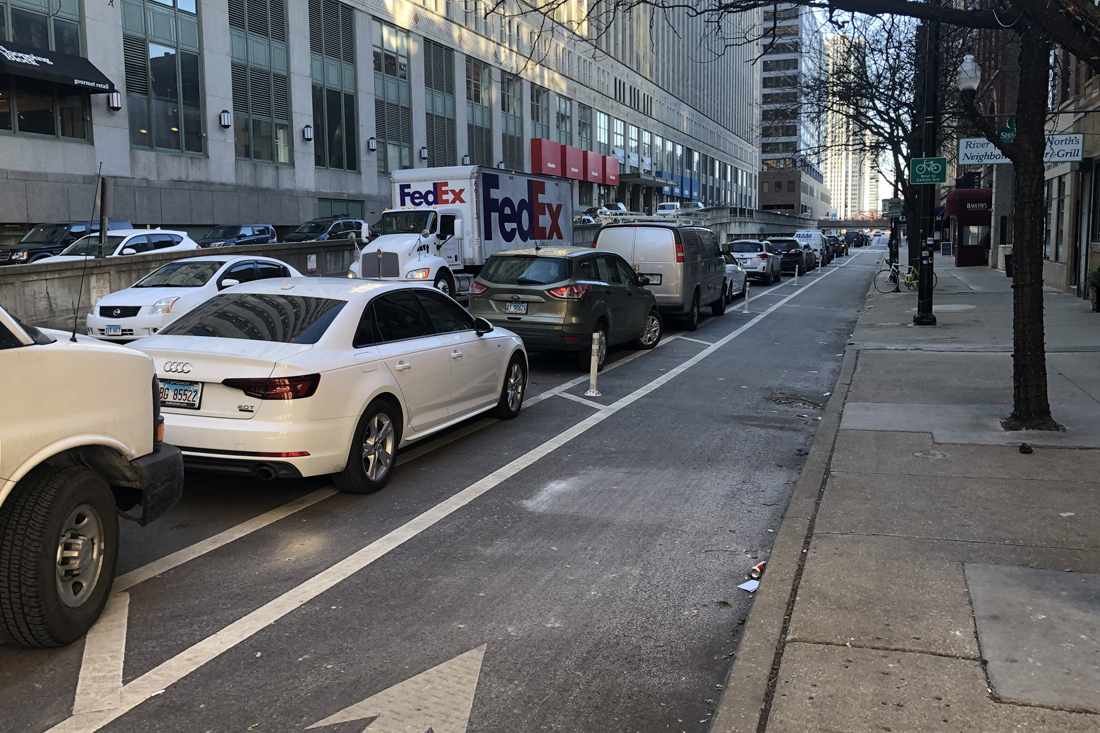
Traffic & Safety Engineering
Studies include arterial/collector roadway system operational, capacity, access and pedestrian issues including traditional neighborhood study parameters such as speeds, traffic controls, vehicular and pedestrian circulation, parking needs, overall safety and general traffic operations. Recommendations include traffic calming, site circulation and access needs, capacity performance and intersection control improvements to address vehicular speeding, cut-thru traffic and pedestrian safety.
BLA’s approach to providing exemplary traffic engineering services includes:
- Considerable experience as both municipal review and development traffic consultants
- Excellent working relationships and strong experience with municipalities, local counties and IDOT
- A balance of experienced staff and young professionals
- Knowledge of the latest regulatory requirements, industry trends and technologies
- An ability to explain the technical components of traffic analyses to committees, boards and residents
- Our goal is to increase safety for all travelers – pedestrians, cyclists, transit riders and drivers – without compromising functionality and remaining sensitive to context of the surrounding setting
Our capabilities include, but are not limited to:
- Review and/or preparation of traffic impact and parking studies
- Review and/or preparation of Intersection Design Studies (IDS) and traffic signal plans
- Overall traffic performance evaluation
- Synchro/SimTraffic traffic model development which provides static and dynamic visualizations of intersection operations and traffic performance
- Conduct and/or review all-way and two-way stop sign warrant studies
- Review stop-control versus yield-control
- Conduct and/or review traffic signal warrant studies
- Conduct crash analysis identifying trends and making recommendations
- Conduct and/or review intersection sight distance
- Conduct and/or review on-street parking needs and zone limits
- Analyze one-way versus two-way operations
- Evaluate arterial/collector roadway system, operational, capacity, access and pedestrian issues including traditional neighborhood study parameters such as speeds, classifications, vehicular and pedestrian circulation, parking issues, overall safety and general traffic operations
- Recommend short-, mid- and long-range timeframes for specific improvements with cost estimates
- Recommend roadway safety, traffic calming, access patterns, capacity performance and intersection control improvements to address vehicular speeding, cut-thru traffic and pedestrian safety
- Roadway corridor studies
- Experienced professionals who are practiced at public presentations including a refined process for leading open house meetings




